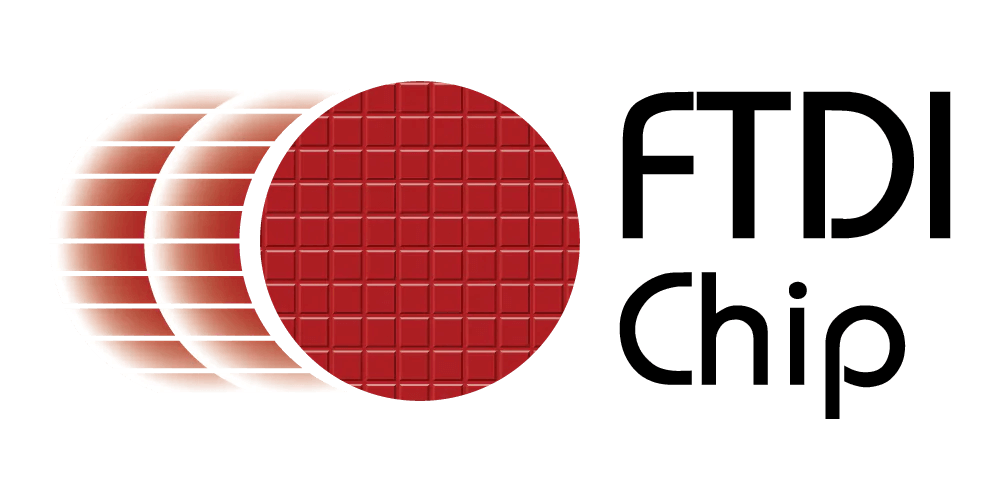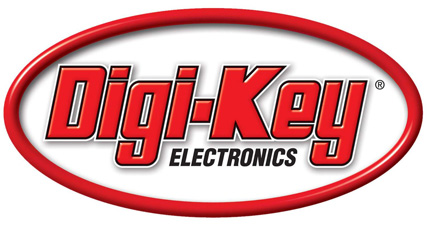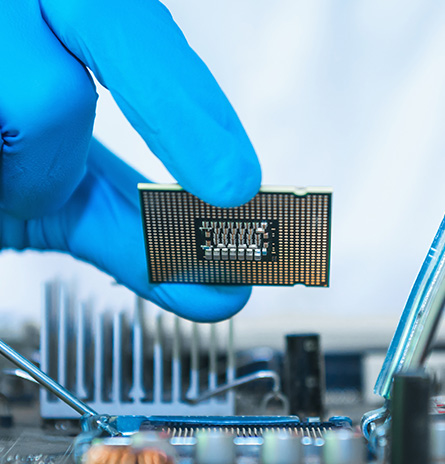FPGA Programming
FPGA boards are used in various applications where flexibility, speed and parallel processing capabilities are required. They are commonly utilized in fields such as telecommunications, automotive, aerospace, robotics, signal processing and more.
FPGA boards enable rapid prototyping, hardware acceleration and implementation of custom logic designs without the need for custom silicon fabrication. They provide a platform for users to develop and deploy custom digital circuits and algorithms tailored to their specific requirements.
FTDI products can be integrated into the FPGA board to allow for FPGA EVB board programming via its JTAG interface.

The example below uses FTDI’s FT232HL / FT232HQ USB to JTAG IC which has the following key features making it an ideal candidate for FPGA FW programming cable:
-
- Entire USB protocol handled on the chip. No USB specific firmware programming required.
- USB 2.0 Hi-Speed (480Mbits/Second) and Full Speed (12Mbits/Second) compatible.
- Multi-Protocol Synchronous Serial Engine (MPSSE) to simplify synchronous serial protocol (USB to JTAG, I2C, SPI or bit-bang) design.
- FTDI’s royalty-free Virtual Com Port (VCP) and Direct (D2XX) drivers eliminate the requirement for USB driver development in most cases.
- Adjustable receive buffer timeout.
- Option for transmit and receive LED drive signals.
- Highly integrated design includes 5V to 3.3/+1.8V LDO regulator for VCORE, integrated POR function.
- Operation configuration mode and USB Description strings configurable in external EEPROM over the USB interface.
- Configurable I/O drives strength (4, 8, 12 or 16mA) and slew rate.
- Low operating and USB suspend current.
- Supports self-powered, bus powered and high-power bus powered USB configurations.
- UHCI/OHCI/EHCI host controller compatible.
- USB Bulk data transfer mode (512byte packets in Hi-Speed mode).
- +1.8V (chip core) and +3.3V I/O interfacing (+5V Tolerant).
- Extended -40°C to 85°C industrial operating temperature range.
The block diagram shows how FTDI’s FT232H can be integrated into the FPGA EVB board at a high level.
The USB port on the FPGA EVB board is connected to a PC. The FPGA application software controls the FT232H which is on FPGA board and communicates via JTAG protocol.
If the dual (FT2232H) or quad (FT4232H) ICs are chosen, then additional interfaces can be made available for UART, SPI, I2C communication interfaces.

Recommended ICs:







